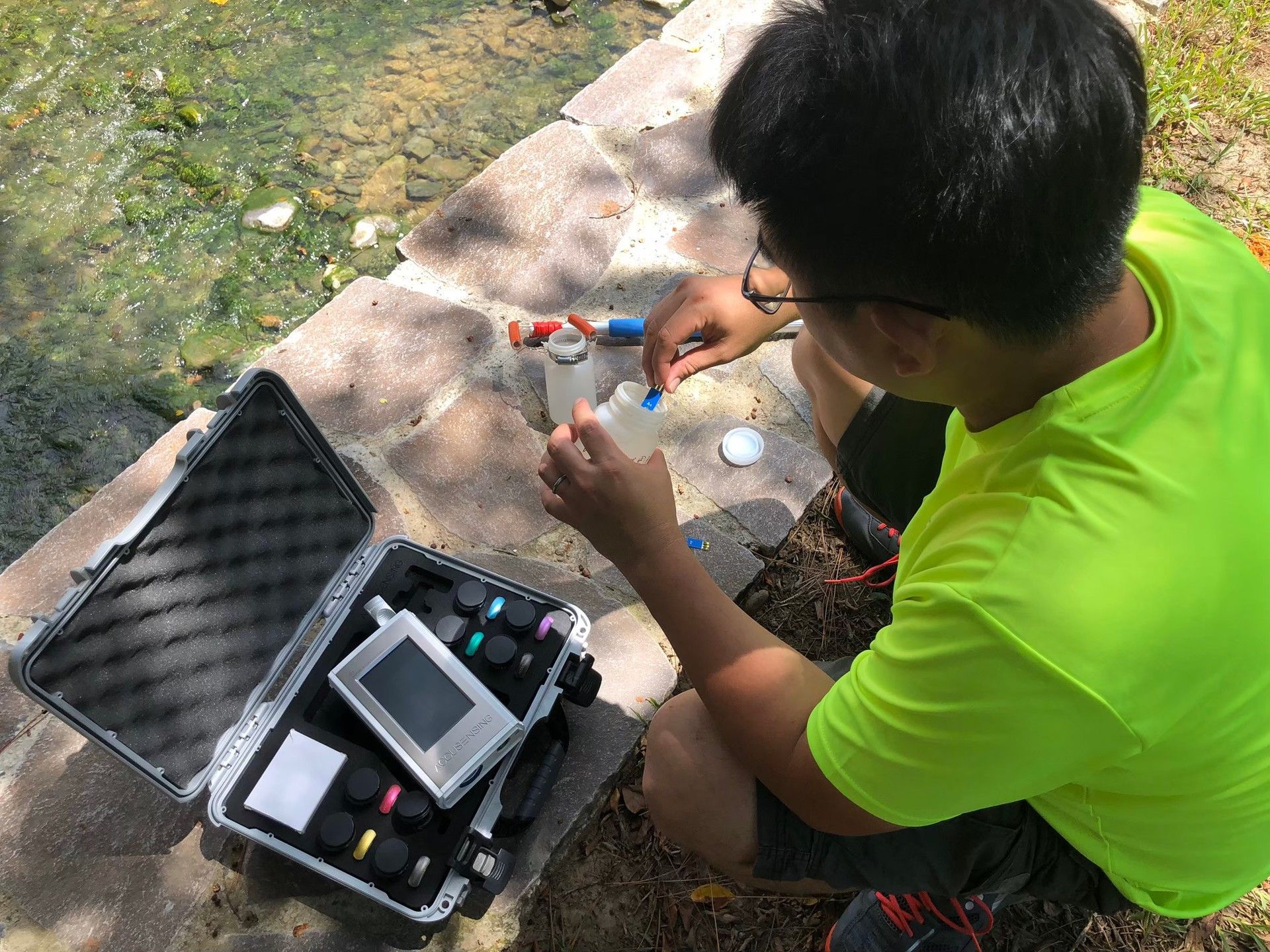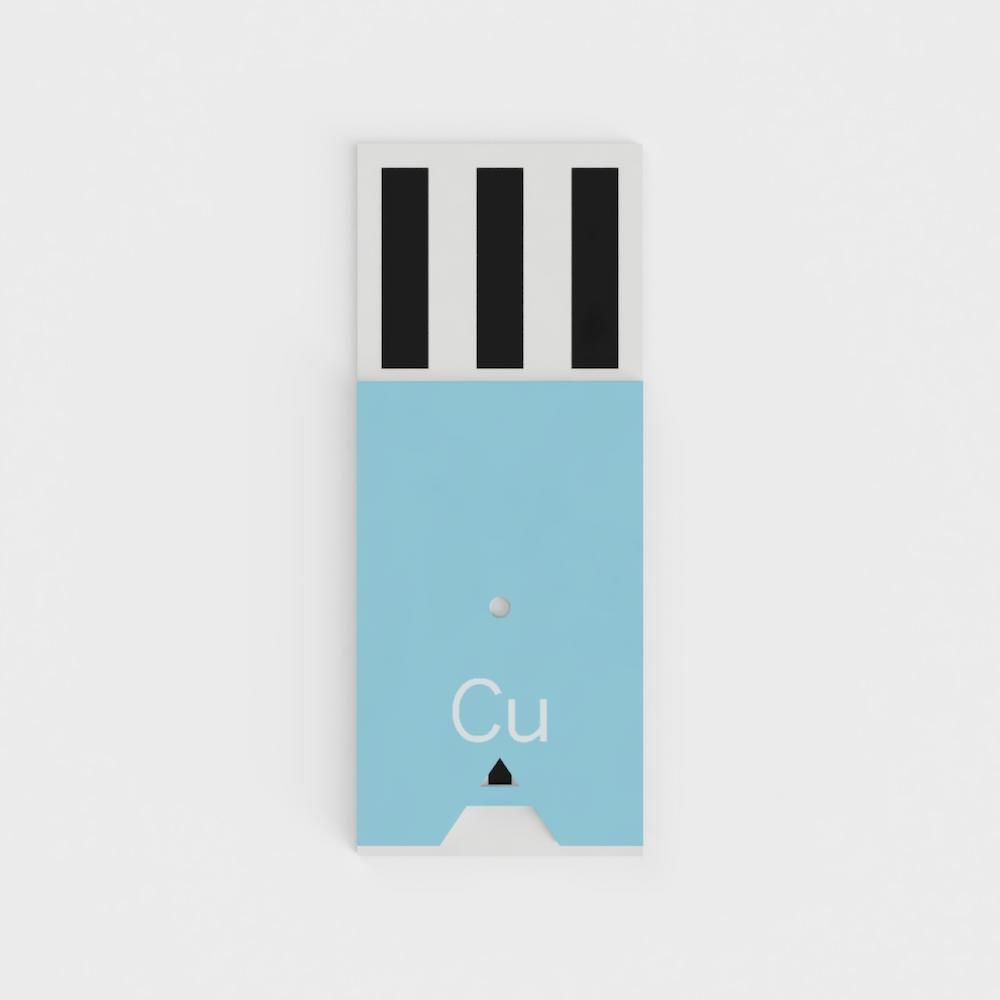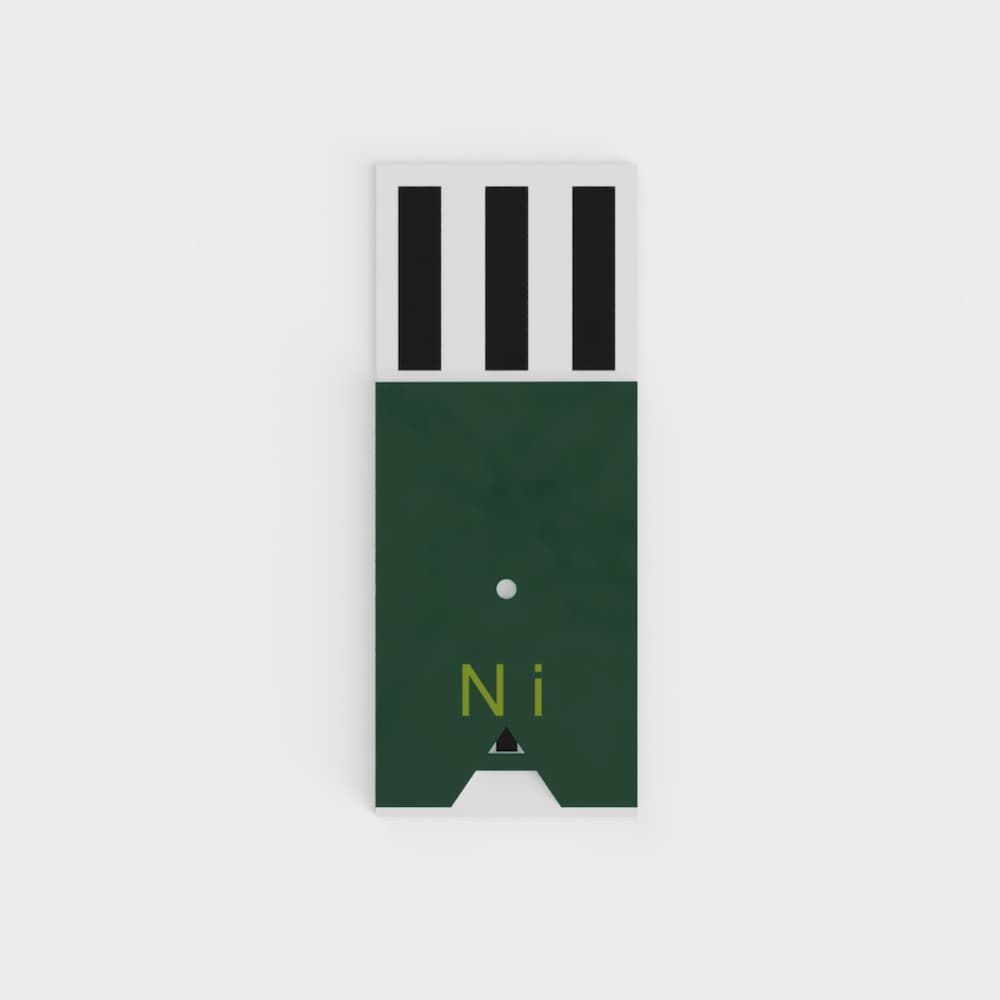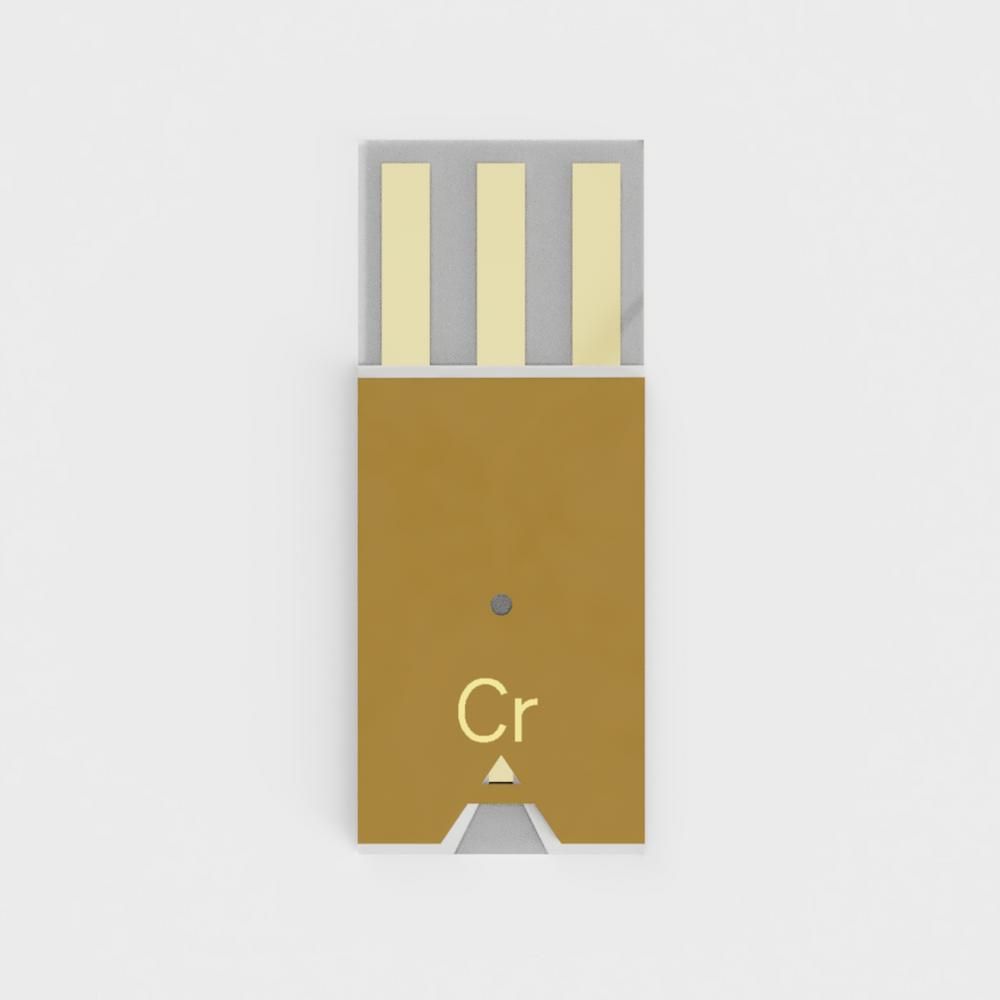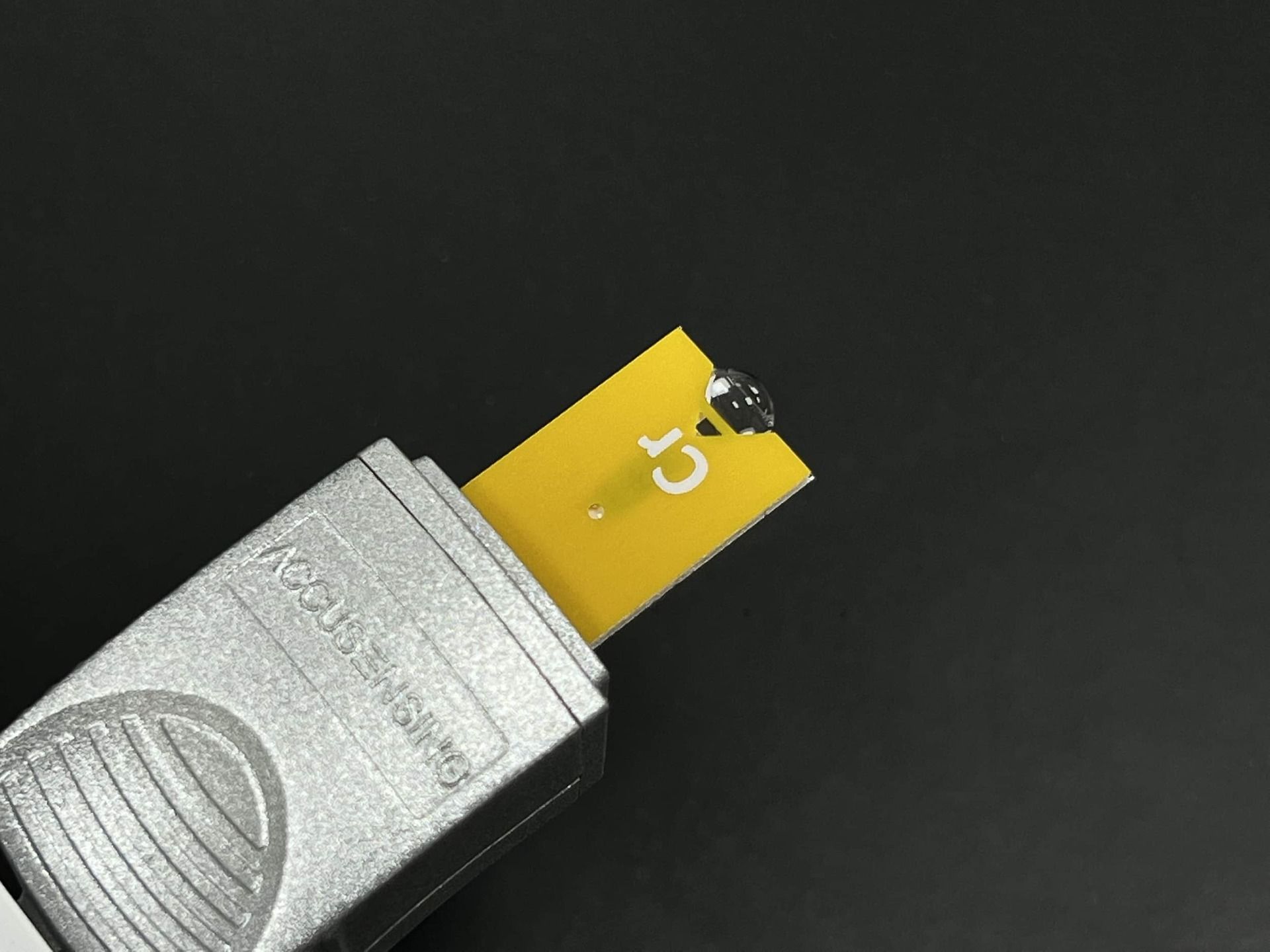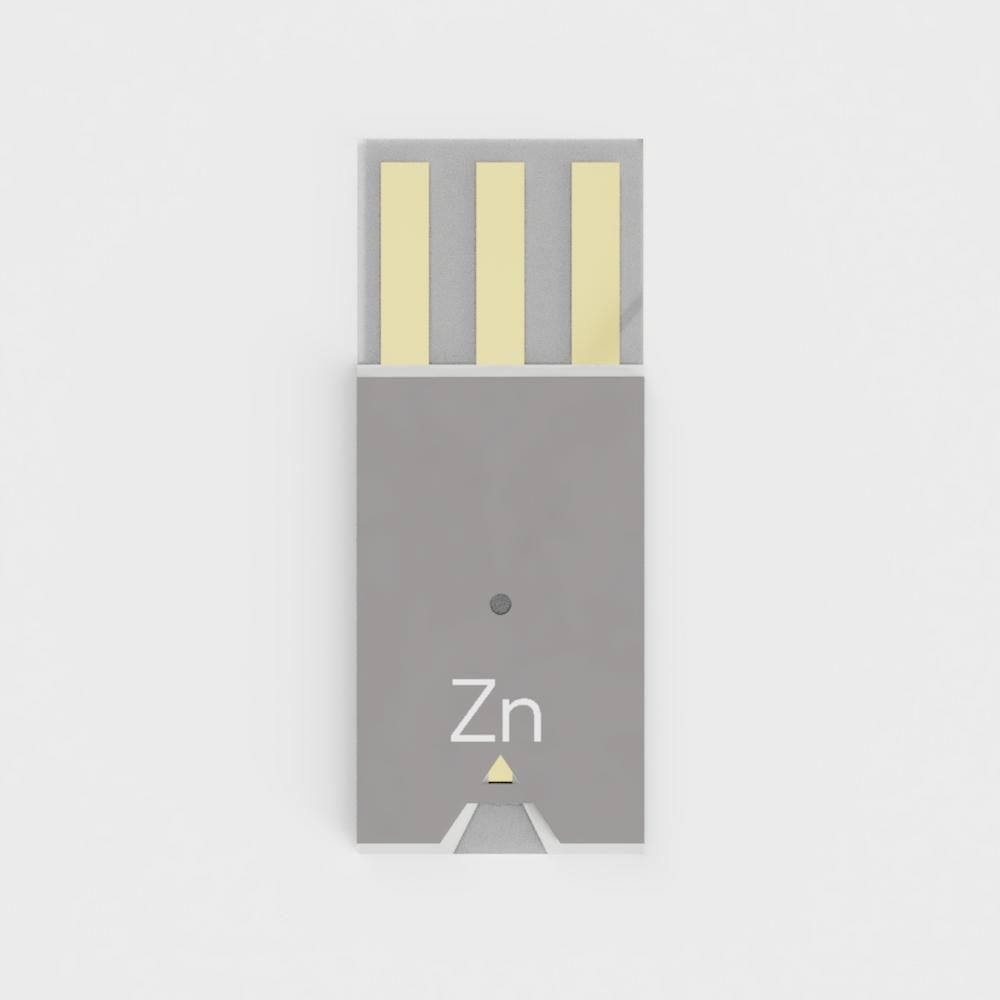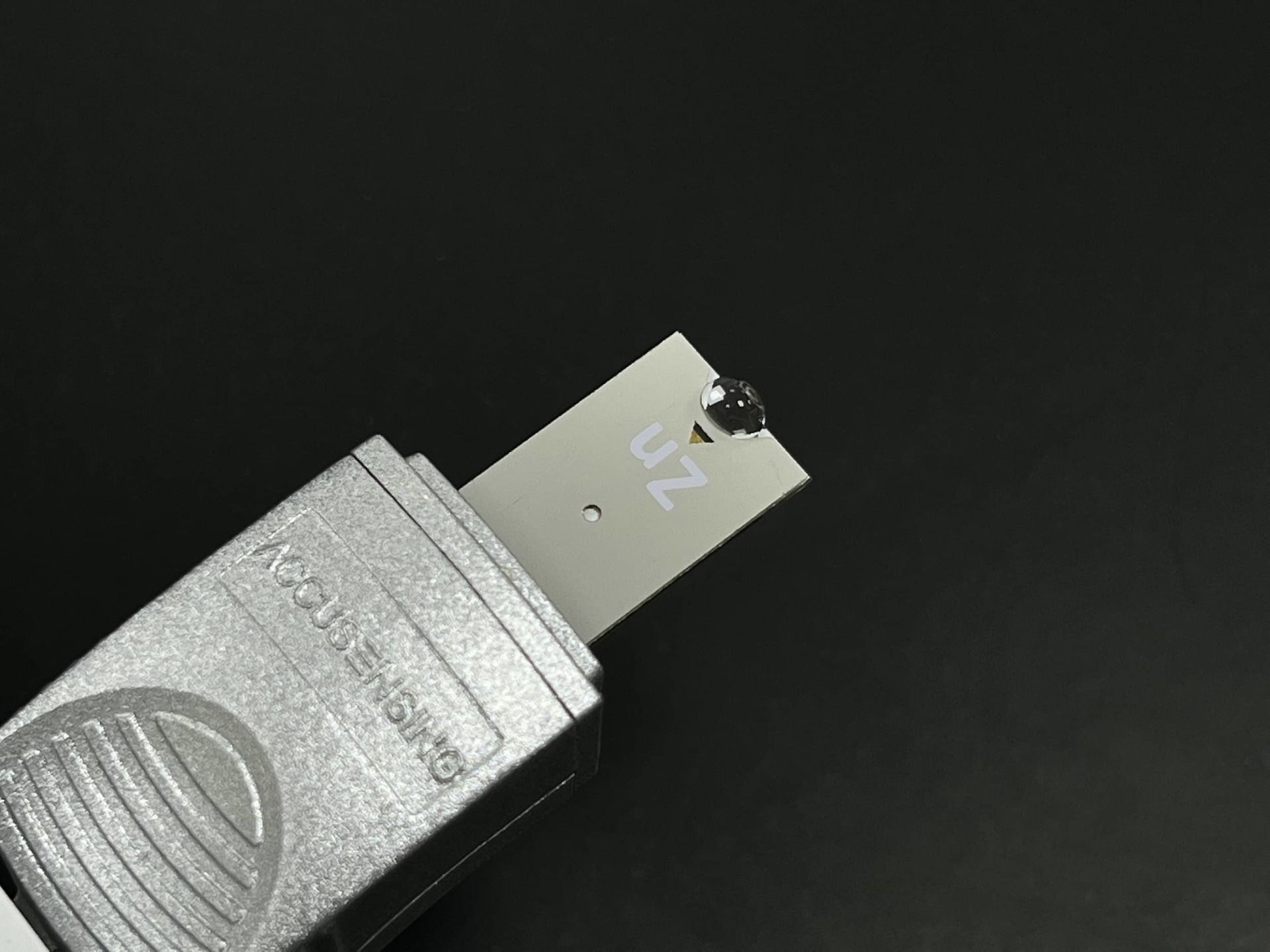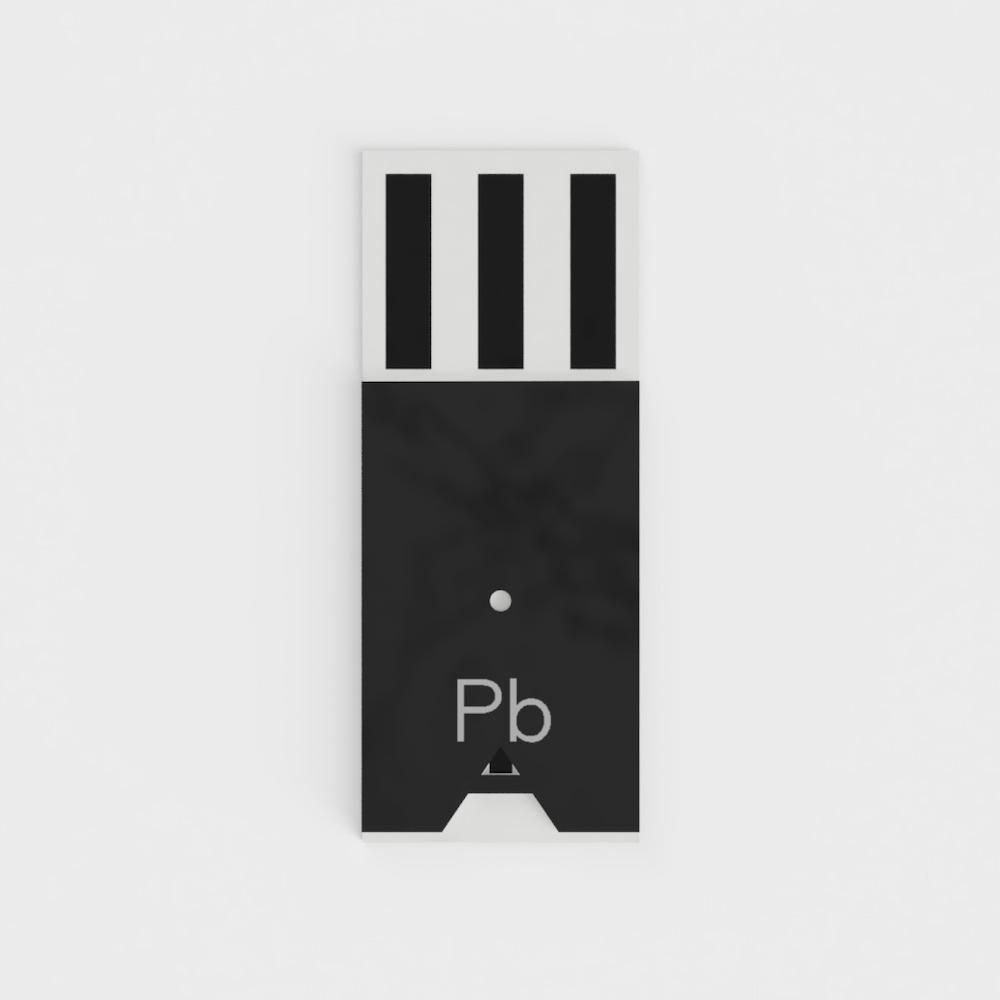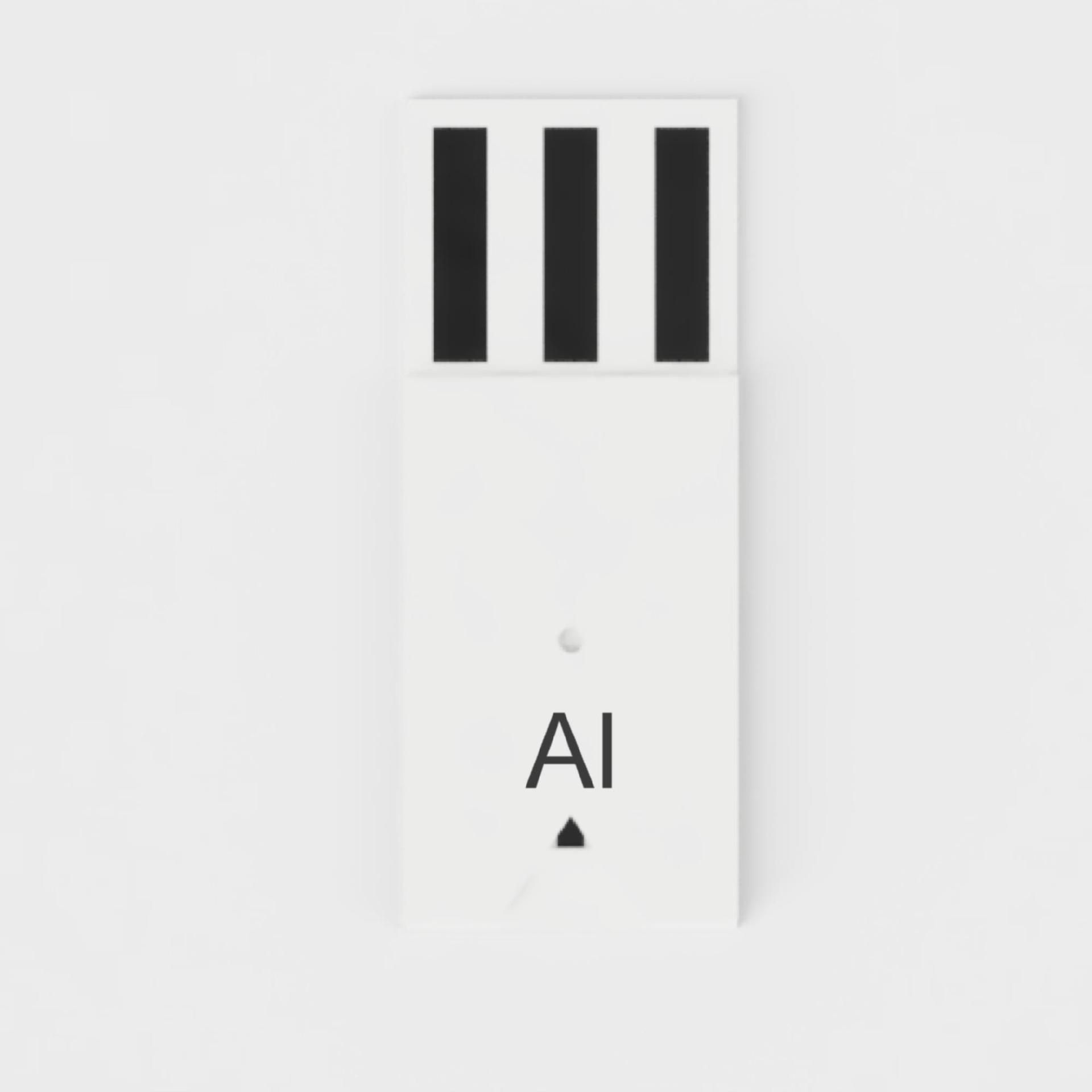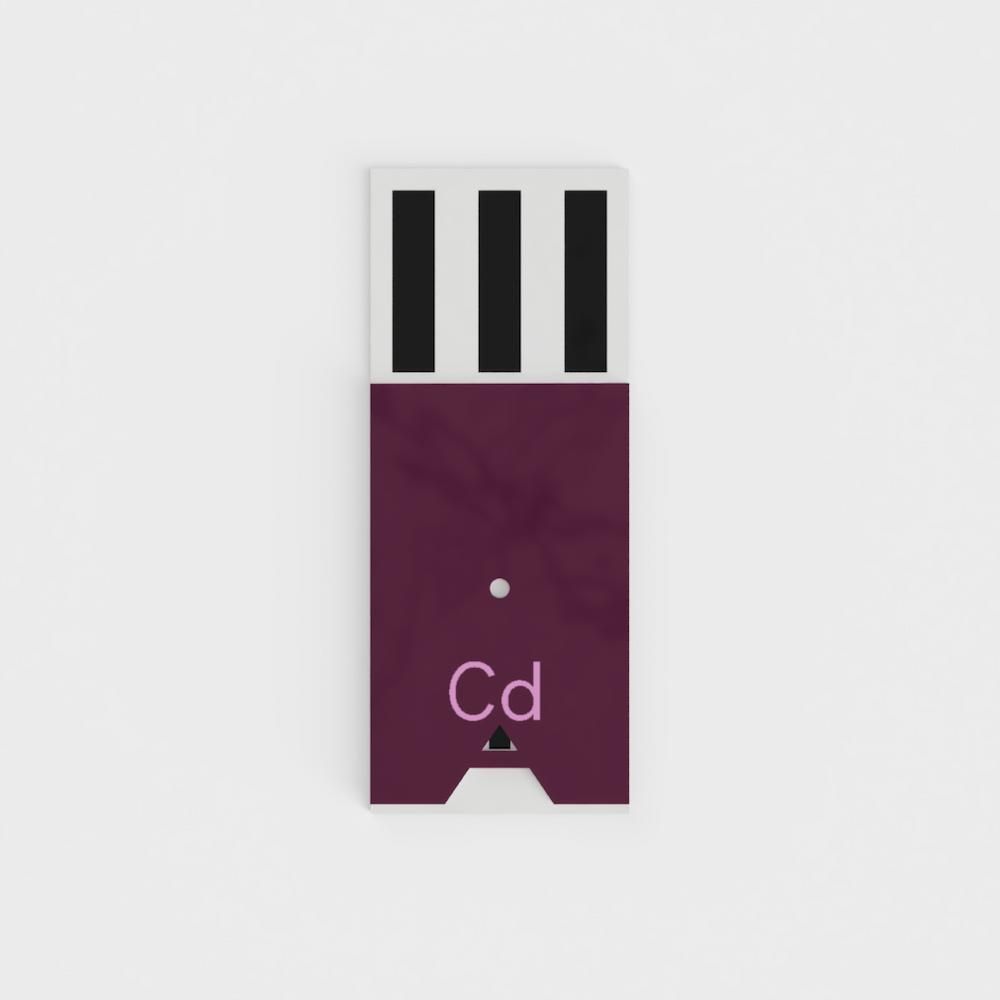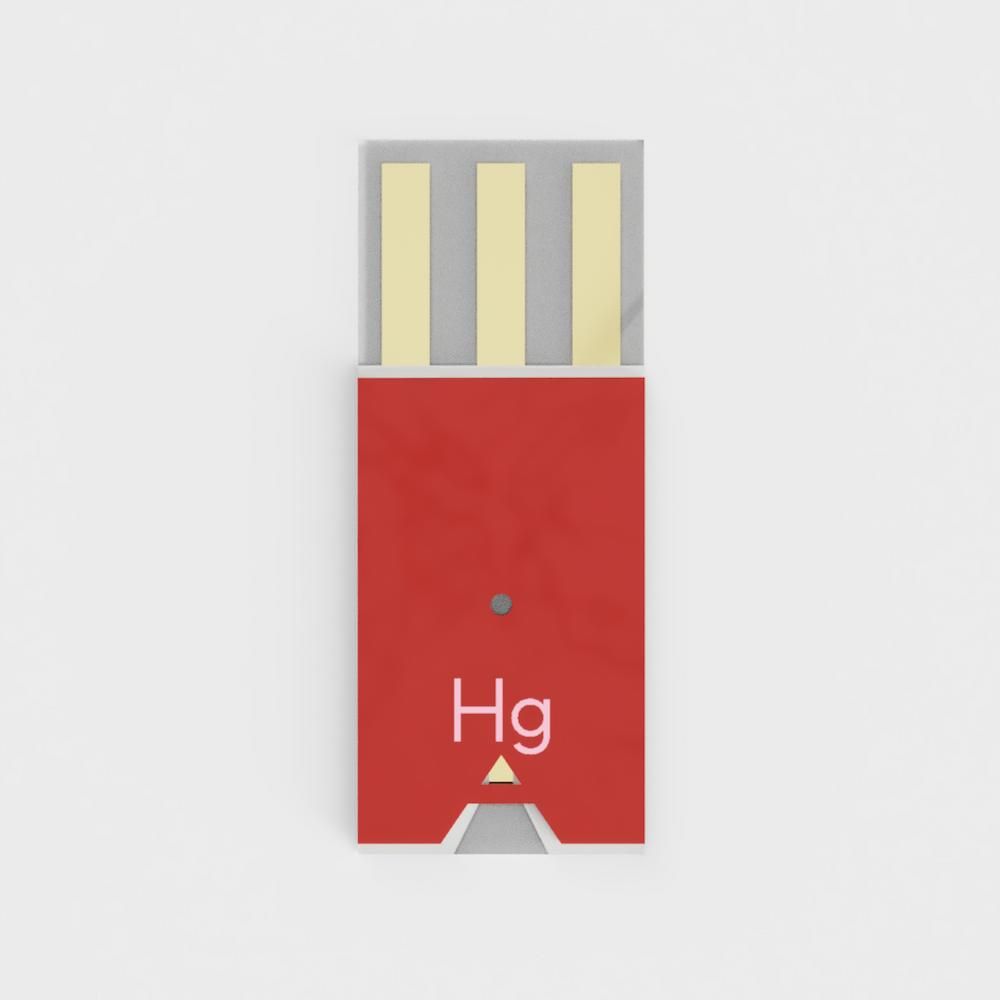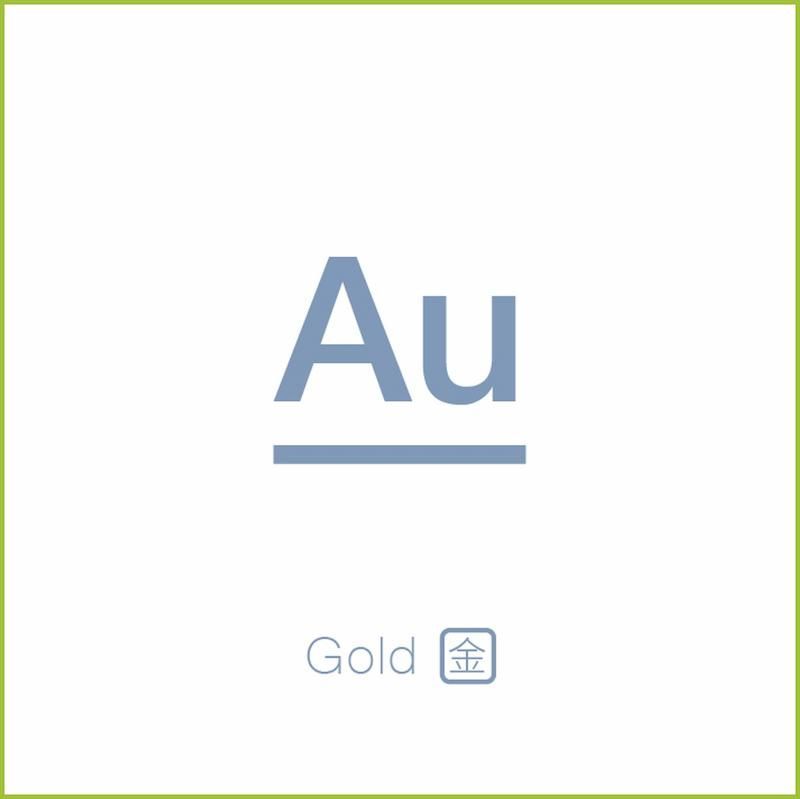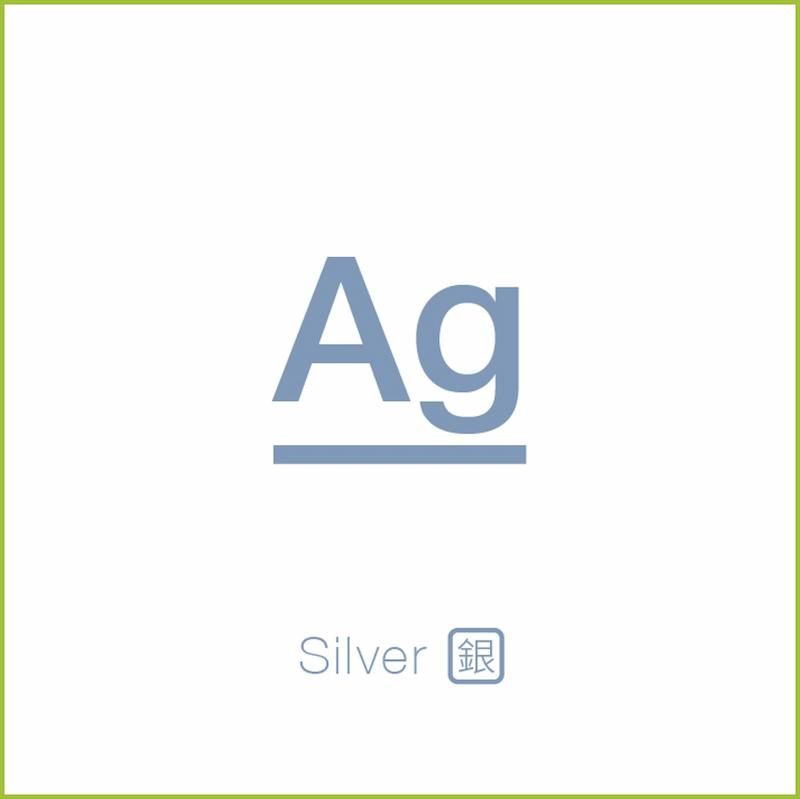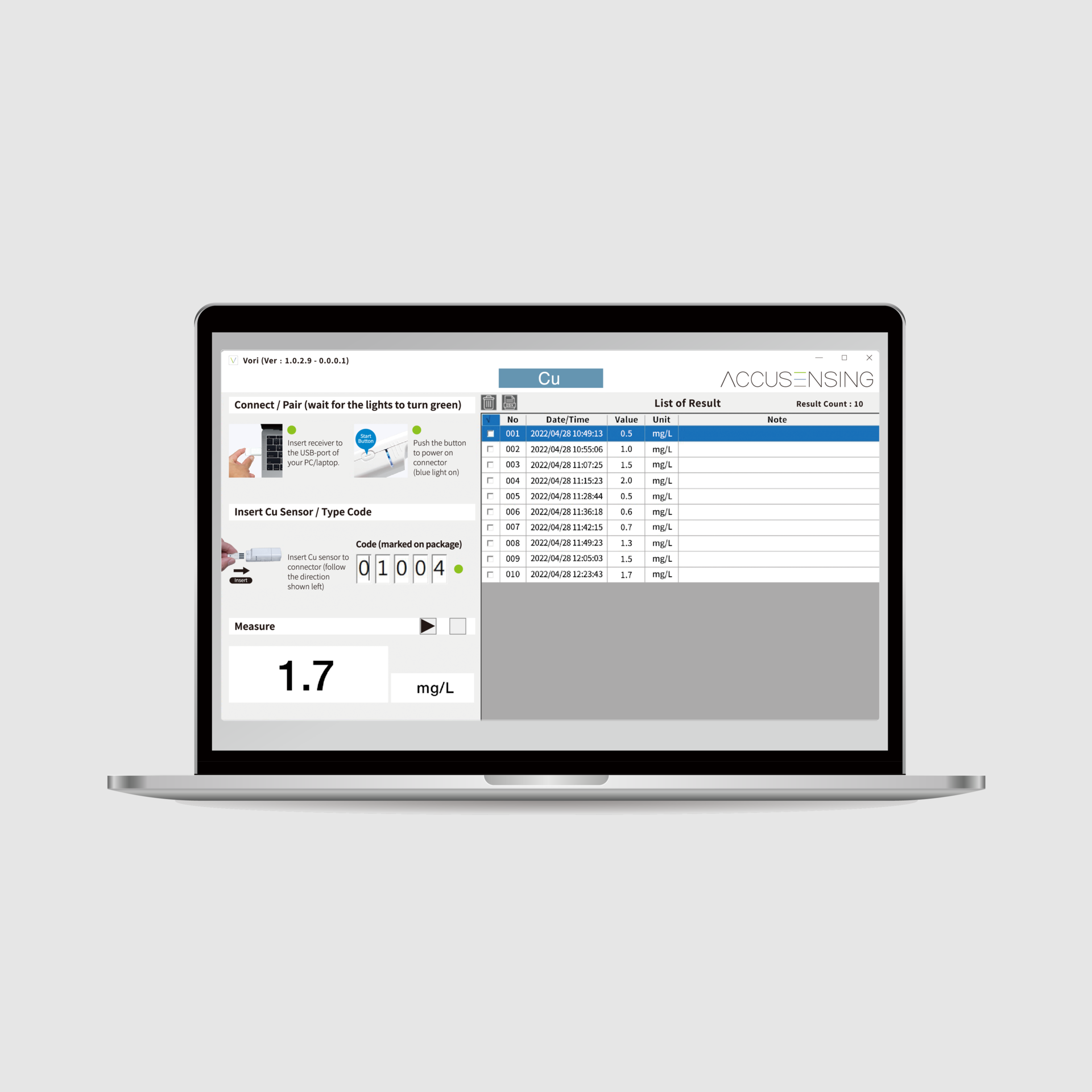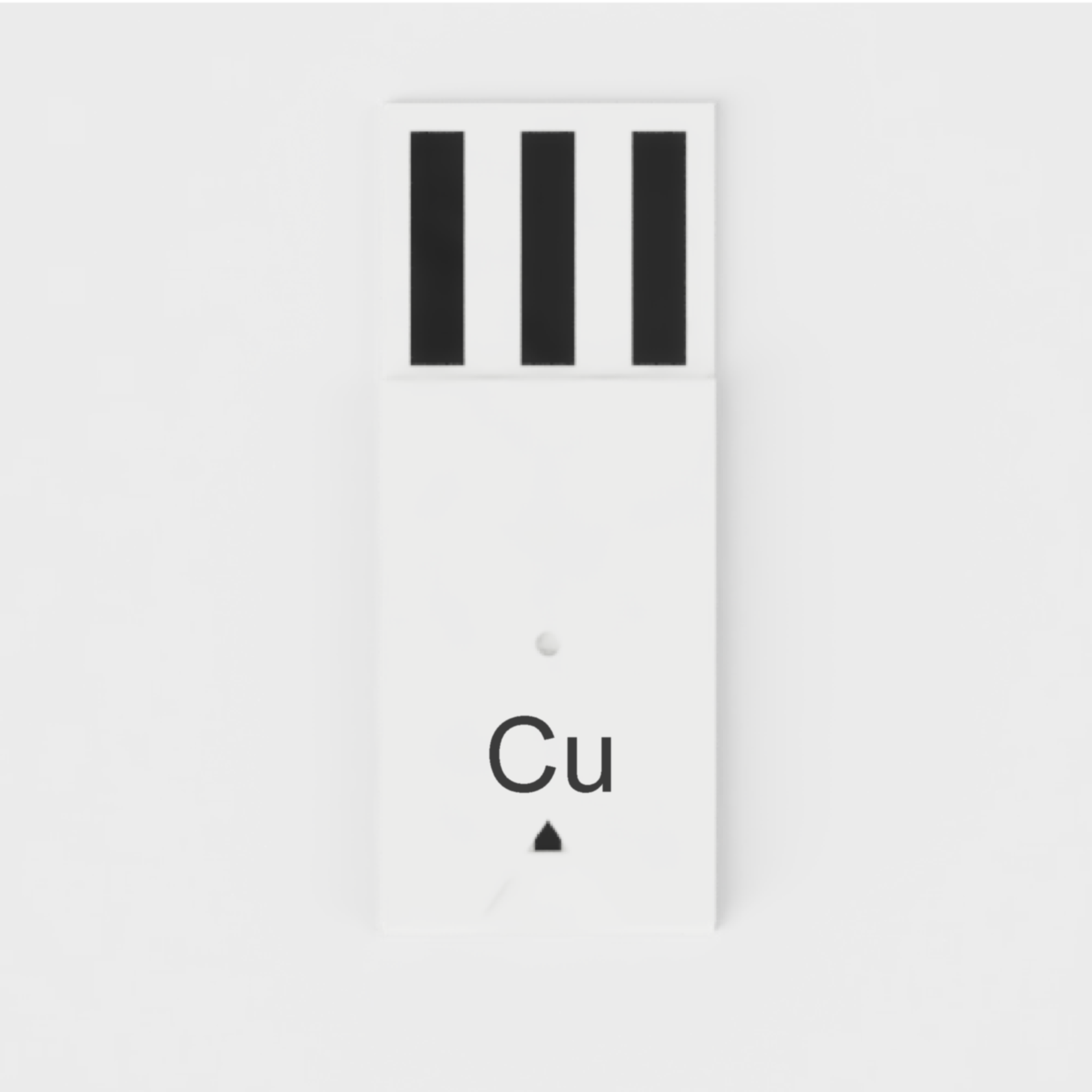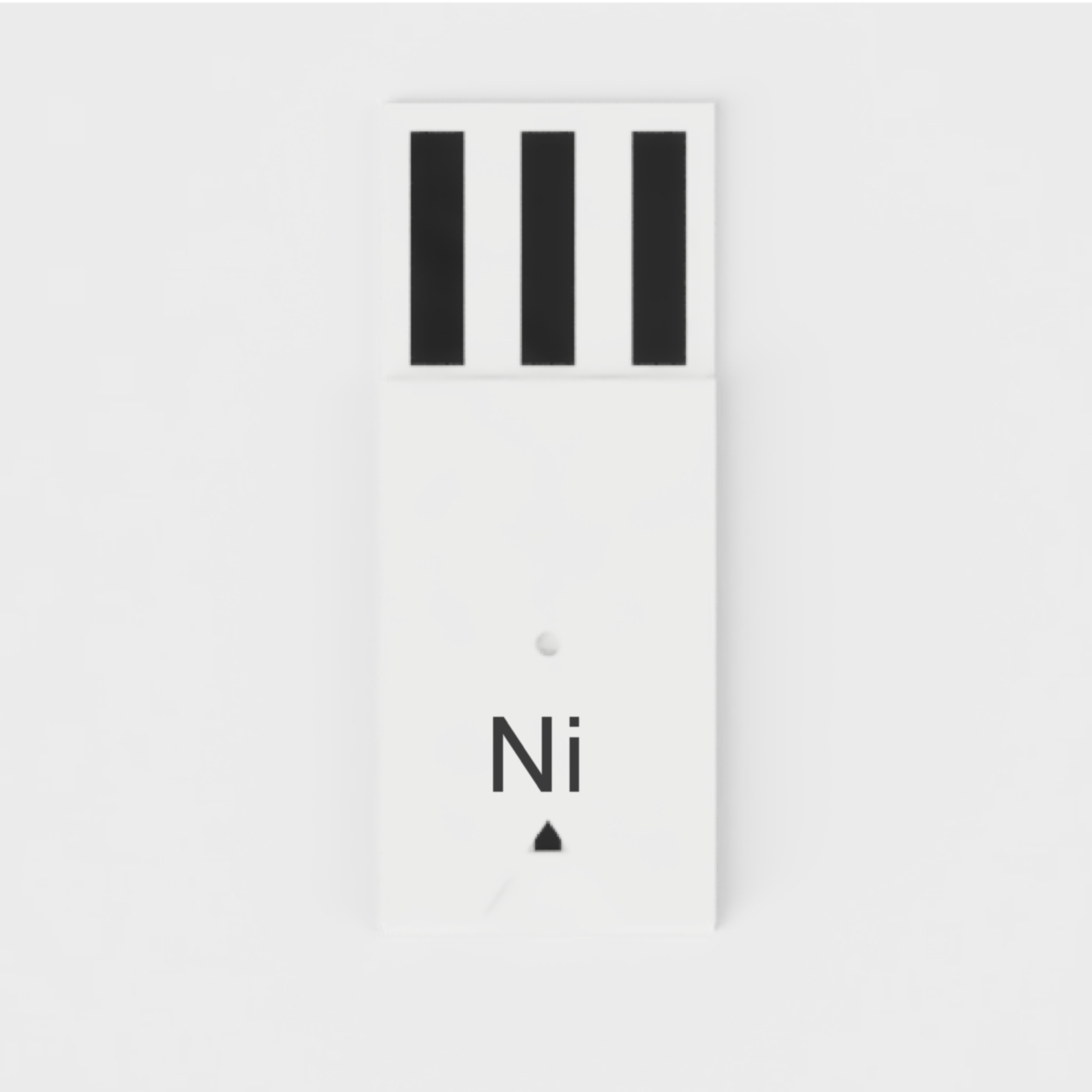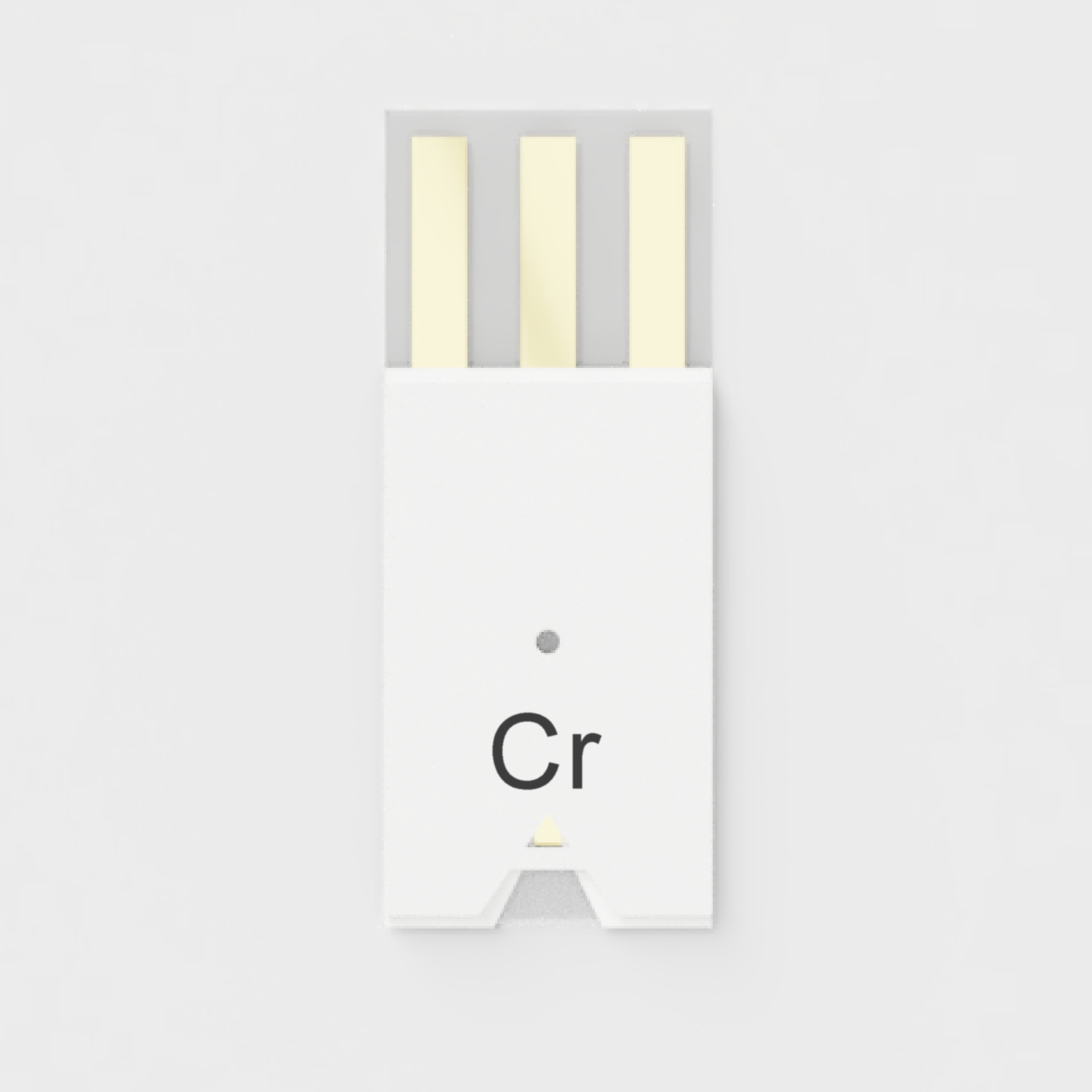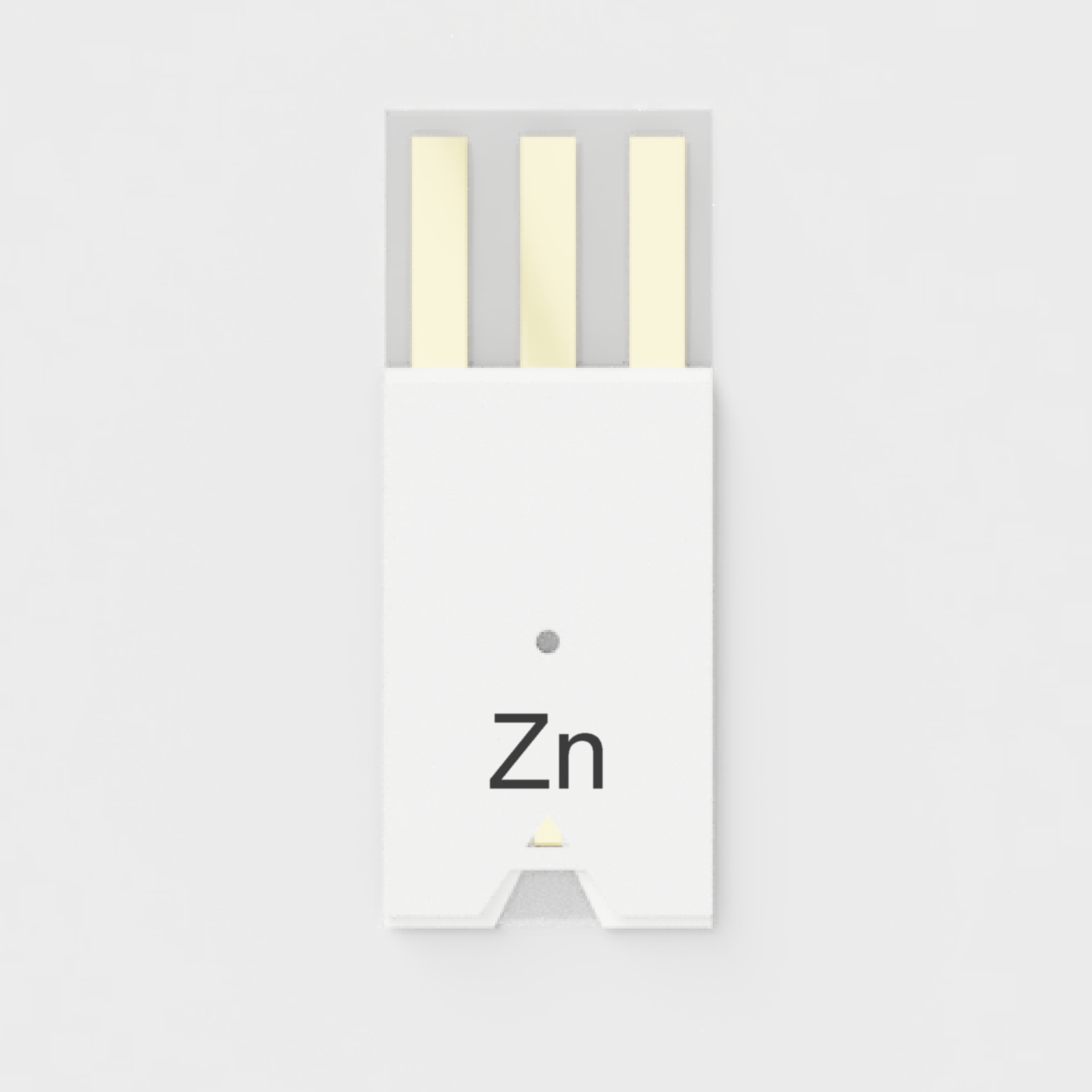Product Introduction
Water Heavy Metal (Metal Ion) Rapid Detection System MAS-G1
In response to the need for real-time detection of heavy metals in water quality testing, Ruizhun Technology's portable water quality analyzer MAS G1 uses electrochemical technology to not only reduce laboratory instruments to a handheld size, but also retain its advantages of speed, sensitivity and accuracy. One device has multiple parameters and the measurement items can be changed at will. It is convenient to carry and measure anywhere. It is a good helper for on-site rapid determination of hot spots, enterprise internal control, environmental auditing, field investigation and other usage scenarios.
If you need "fast and high-quality" internal control data to help you manage water quality and make effective decisions, welcome to Contact Us(02)2601-2151 If the time of data acquisition is not your main consideration and you need a government-approved certification report, please contact an environmental testing agency certified by the Environmental Protection Agency. Contact details here.
SPECIFICATION
Product/Model MAS-G1 Key Features Detection of heavy metals, metal ions or other compounds in water Detectable items Arsenic As(III), copper Cu(II), nickel Ni(II), chromium Cr(VI), zinc Zn(II), lead Pb(II), cobalt Co(II), aluminum Al(III), cadmium Cd(II), mercury Hg(II) Built-in detection methods - Cyclic Voltammetry (CV)
- Linear sweep voltammetry (LSV)
- Square Wave Voltammetry (SWV)
- Differential plus Voltammetry (DPV)
Features - With M series test strips, no calibration line and sample pre-treatment required
- Depending on the type of test object, the test value can be obtained in 2-5 minutes
- Digital measurement and electrochemical spectrum are displayed simultaneously
- Peak correction function designed for professionals
- Can store 100 test data and graphs
- The replaceable key design allows you to detect different substances by simply replacing the smart key without having to replace the host.
Technical Information
MAS-G1 可檢測物質與檢測濃度範圍
| 項次 | 檢測項目 | 檢測範圍 (mg/L) | 常被檢測樣品種類 | |
| 1 | 砷 As(III) | 0.005-100 | 井水、飲用水、晶圓廢水 | |
| 2 | 銅 Cu(II) | 0.050-10,000 | 電鍍廢水、半導體廢水、硫酸銅藥劑、清洗槽液、環境水樣 | |
| 3 | 鎳 Ni(II) | 0.03-50.0 | 電鍍廢水、硫酸鎳藥劑、環境水樣 | |
| 4 | 鉻 Cr(VI) | 0.08-100 | 電鍍廢水、地下水、環境水樣 | |
| 5 | 鋅 Zn(II) | 0.30-100 | 電鍍廢水、環境水樣 | |
| 6 | 鉛 Pb(II) | 0.008-50.0 | 地下水、飲用水 | |
| 7 | 鈷 Co(II) | 0.03-3.00 | 硫酸鈷藥劑、半導體廢水 | |
| 8 | 鋁 Al(III) | 20-100 | 高濃度清洗槽液(含界面活性劑)專用 | |
| 9 | 鎘 Cd(II)、汞 Hg(II)、金Au(III)、銀 Ag(II)、氯 (Cl-)、氟(F-)、硝酸鹽(NO3-)、雙氧水(H2O2)、酚類化合物(Phenol)、酒精、多巴胺(Dopamine)等 | 電化學可檢測的物種相當多元,週期表上之單一元素或其他化合物與他生化物質,只要具有電化學活性的物種都能以MAS-G1檢測。本表僅列出部分金屬測項資料,如有左側或其他化學物質或檢測需求,歡迎聯繫我們討論。 | ||
Comparison between Ruizhun Technology MAS-G1 and other common heavy metal detection instruments on the market
| instrument | MAS-G1 Water Heavy Metals Rapid detection system |
Traditional electrochemical instrument | Spectrophotometer | Reagent Packs |
| Detection principle | Specific Metals Oxidation or reduction current |
Specific Metals Oxidation or reduction current |
After reacting with the drug to develop color Absorbance at a specific wavelength |
After reacting with the drug to develop color Compare the color depth with the color card |
| Sample volume | One drop of microfluidic channel is enough (about 0.015mL) | 20-50mL | 10-20mL | 5-10mL |
| Adding medicine | No | Required medicine | Required medicine | No |
| Calibration curve before use | No | Need to be corrected | Depends on instrument design | No |
| Digital reading | have | have | have | none |
| Learning threshold | Low/Available to everyone | High/Requires professional training | Medium/Depends on the instrument design | Low/Available to everyone |
| Testing time per sample | 65~300 seconds | About 30-40 minutes (including sample pretreatment) | About 10-15 minutes (including sample pretreatment) | 1-2 minutes |

Electrochemical analysis began with the polarography developed by Czech chemist Jaroslav Heyrovsky in 1920. By the mid-1960s, the improvement and refinement of the classical voltammetry method laid the foundation for the electrochemical analysis system that is still widely used today. The three-electrode system (working electrode, reference electrode, auxiliary electrode) is an essential element for the implementation of electrochemical detection method, among which the working electrode is the most important. Starting from the early polarography using the dropping mercury electrode (DME), the rotating disk electrode (RDI) used to study various analytical dynamics, various materials (such as gold, platinum, carbon, silver) and different types of electrodes (such as microelectrodes, ring disk electrodes), the creation and change of each working electrode is to better meet the needs of experiments and research.
Although electrochemical analysis technology cannot determine multiple heavy metals in a single sample, its analysis device has been miniaturized to a size that can be operated on the palm of your hand due to the vigorous development of the precision motor industry. It has the advantage of being developed into an on-site detection tool while being easy to operate and low in price [1,2]. The four common electrochemical methods used for metal detection are cyclic voltammetry (CV), linear sweep voltammetry (LSV), square wave voltammetry (SWV) and differential plus voltammetry (DPV). LSV, SWV and DPV are often combined with the anodic stripping method to improve the analytical sensitivity, and are abbreviated as ASV (Anodic Stripping Voltammetry), SWSV (Square-Wave Stripping Voltammetry) and DPSV (Differential Pulse Stripping Voltammetry) respectively.
References:
[1] D. wand, YZ Zhao, H. Jin, J. Zhuang, W. Zhang, S. Wang, J. Wang, Synthesis of Au-Decorated Tripod-Shaped Te Hybrids for Applications in the Ultrasensitive Detection of Arsenic. ACS Applied Material Interfaces, 5 (2013) 5733.
[2] A. Cavicchioli, MA La-Scalea, IGR Gutz, Analysis and Speciation of Traces of Arsenic in Environmental, Food and Industrial Samples by Voltammetry: a Review, Electroanalysis 16 (2004) 697.
FEATURES
- Smart key can be used to switch different detection parameters without setting them by yourself
- Built-in calibration line, no calibration required
- After booting up, enter the standby screen to start testing
- With M series test strips, one drop detection without pre-treatment
- Electrochemical voltammetry spectrum and detection value are displayed synchronously
- Each test item can record 100 test results and save them as EXCEL to the computer



